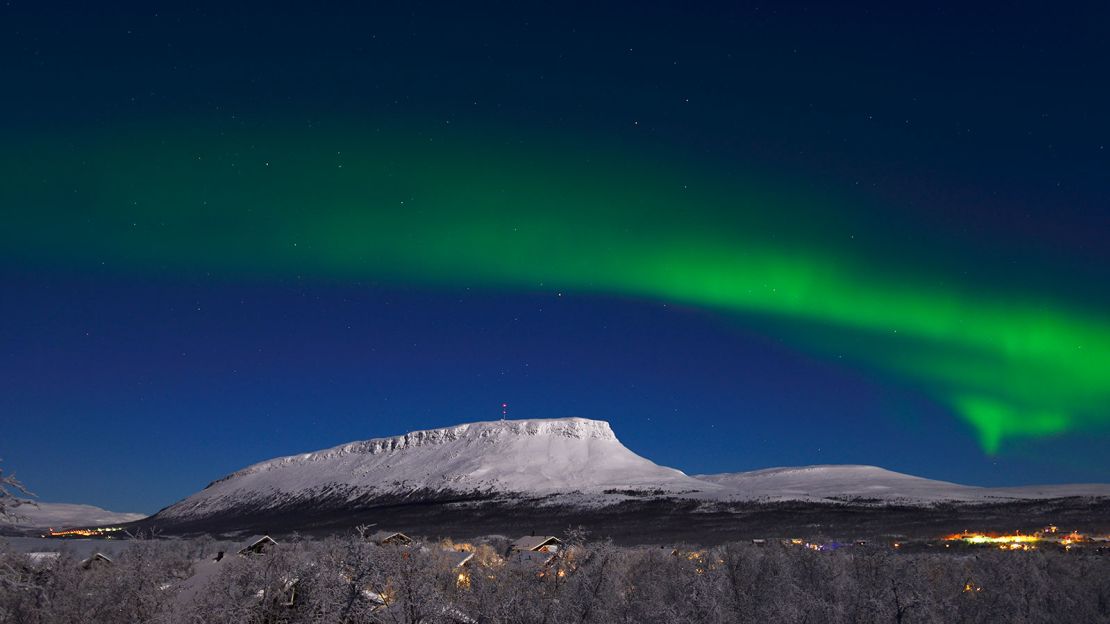Editor’s Note: This article was originally published in October 2015.
When the CBS news program “60 Minutes” featured a segment in 1993 called “Tango Finlandia,” it brought to the attention of millions of Americans a certain Nordic nation about which they knew little. And what did the United States of America discover?
Correspondent Morley Safer and his team revealed Finland to be a destination where “melancholy, sorrow and shyness abound.”
Finns themselves were “grimly in touch with no one but themselves,” they added, concluding: “It’s no surprise that Finland has one of the lowest birthrates and one of the highest suicide rates.” On a lighter note, the Finns loved to tango, hence the segment name.
Skip forward two decades. Now Finland routinely finds itself ranked in the top spots of world happiness surveys.
This leads to questions for anyone planning to travel there:
– Were Finns really that miserable back then?
– And are Finns really that happy right now?
Krista Huhtala-jenks, a senior officer from Finland’s Ministry of Transport and Communications, is perfectly qualified to view Finland as both a Finn (she’s a native) and an outsider (she moved abroad at 18 before returning at 29).
A different world

If the Finns featured in “Tango Finlandia” seemed grim, Huhtala-jenks says they had reason to be that way. The Finland of the 1990s was “quite a different world,” she says.
“Finland was under Soviet ‘influence’ for a very long time and the collapse of the Soviet Union had only happened a few years back.”
Throw in high alcohol consumption, troubling suicide rates and a national economic depression, and it was “no wonder people weren’t too happy.”
But does the Land of a Thousand Lakes (despite the nickname, it’s closer to a land of nearly 200,000 lakes) remain a place where sorrow abounds?
“I don’t think it’s true.”
Conceding, “we’re still not great in small talk,” Huhtala-jenks insists that doesn’t mean “we’re extremely shy, overtly depressed or melancholic.”
She acknowledges Finns can seem despondent to outsiders, which she blames largely on a few missing words. She explains based on her own personal life.
Huhtala-jenks’s husband is Irish. When they first started dating, she would “drive him nuts as I wouldn’t use the words ‘please’ or ‘excuse me’. He’d find it extremely rude.”
Luckily, she has an excellent excuse: Finns don’t have those words.
“Those words simply don’t exist in our language and hence using them does not come naturally.”
Sunshine and darkness

Her husband also committed a cultural faux pas. Huhtala-jenks was annoyed when he started talking before she finished.
“For Finns, it is extremely rude to interrupt someone. This leads to us making pauses or taking our time to talk.”
Thus foreigners may interpret this basic display of Finnish silence/politeness as being “shy or rude or even depressed.”
To summarize: For many nationalities, a conversation where no one says “please” and there are long pauses is troubling; in Finland, it’s par for the course.
Which isn’t to say everything’s sunshine.
Huhtala-jenks notes the suicide rate remains high and the heavy drinking can still be worrying.
Beyond this, there are aspects of Finnish life in general that can be described as bleak.
A few years back, the Finnish National Gallery’s exhibition “The Magic North” on late 19th/early 20th century Finnish/Norwegian art had a heavy emphasis on the dark (parts of Finland experience 24 hours of it daily in the winter), the cold (temperatures can drop as low as -50 degrees Celsius/-58 Fahrenheit) and artists such as Hugo Simberg, responsible for such cheerful masterworks as “The Wounded Angel” and “The Garden of Death.”
Beyond this, Huhtala-jenks acknowledges some Finns still “will never say ‘hi’ or look you in the eye,” though she contends many others are “overtly chatty, friendly and open.”
Heavy metal happiness
Of course, the most important question still needs to be answered: What about the tango?
Thankfully, that’s correct, both then and now. “It is still popular in Finland: every year a tango king and queen are chosen.” It has, however, been surpassed by another form of music outsiders might not expect.
“Finland is the heavy metal capital of the world,” Huhtala-jenks declares, which is true by her definition of “most metal bands per inhabitant.”
She credits this for some of the nation’s improved spirits.
“You’d think this makes us depressed and gloomy, but the latest studies show that metal heads are some of the calmest and happiest people.”
Huhtala-jenks should know – she proudly describes herself as “a complete metal head.”
“60 Minutes” may want to brush up on Black Sabbath albums and return for an update.
Sean Cunningham has written for and served as an editor for a variety of publications and websites and conducted interviews with everyone from Oscar winners to Wu-Tang Clan rappers while occasionally appearing on radio and television shows.












